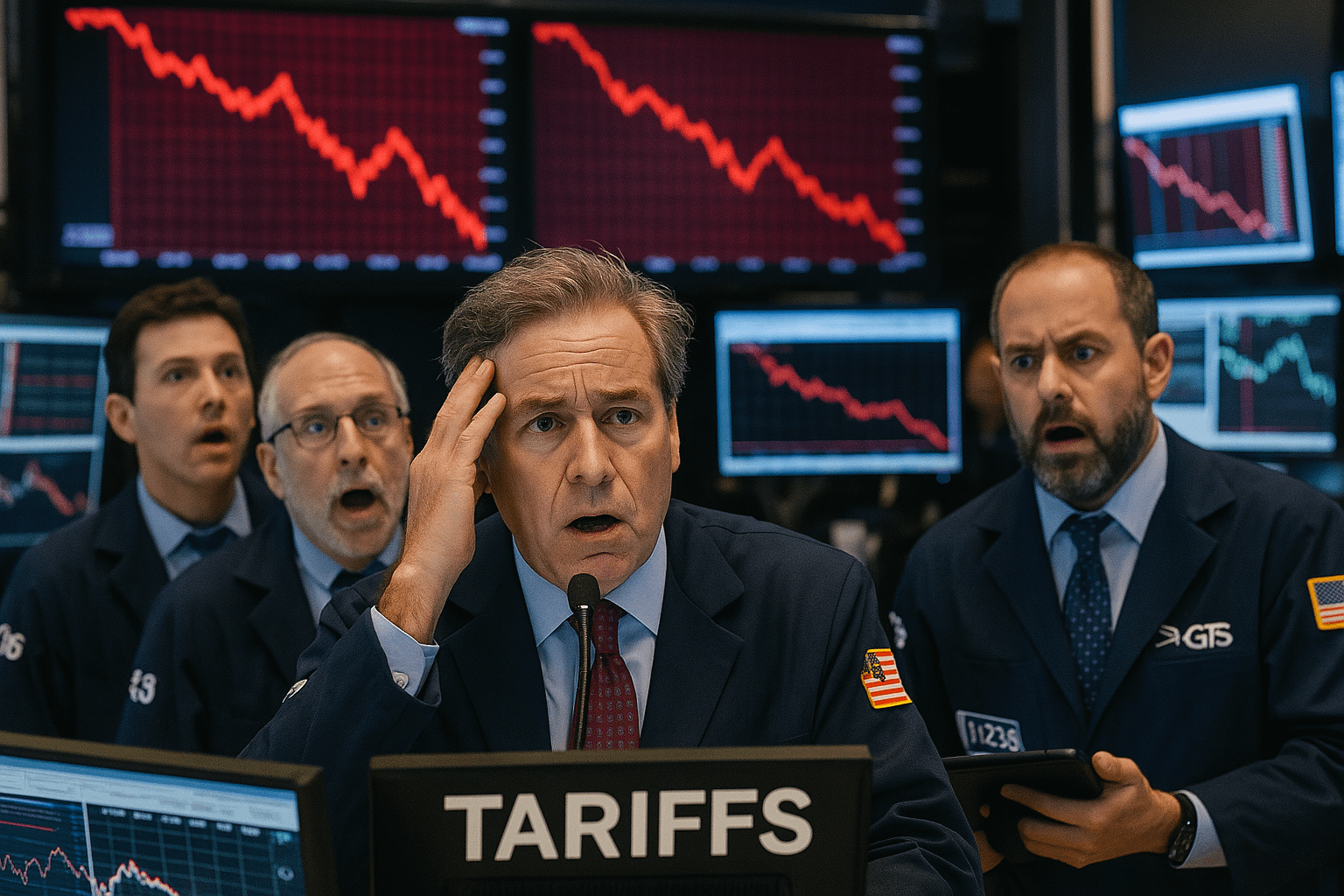Trump's New Tariffs 🇺🇸 Economic Shifts and Strategic Opportunities
President Trump’s recent implementation of comprehensive tariffs, dubbed “Liberation Day,” has drastically reshaped the global trade landscape. Here’s a detailed exploration of these tariffs, their implications, and how businesses and investors can navigate—and even leverage—these changes.
Understanding the New Tariffs in Detail President Trump introduced two distinct tariff tiers:
-
Baseline Tariff: A universal 10% tariff imposed on all imported goods as of April 5, 2025, designed to bolster domestic manufacturing.
-
Additional Tariffs: Targeted higher tariffs affecting approximately 60 countries, notably including a 54% tariff on Chinese goods and tariffs as high as 50% on imports from select European and African countries.
These tariffs represent Trump’s continued strategy aimed at addressing trade deficits, promoting U.S. manufacturing, and reshaping international trade dynamics.
Historical Context: Lessons from Previous Tariff Measures:
Trump’s earlier tariff strategies (2018-2020) provide valuable insights into the potential outcomes of these new measures. Initially designed to revive U.S. industries, past tariffs led to mixed economic results, including short-term manufacturing growth but significant disruptions in global supply chains. For example, the U.S.-China trade war significantly impacted sectors like agriculture and technology, causing volatility in global markets and consumer prices. Notable examples include soybean farmers and technology manufacturers who suffered substantial revenue losses.
Economic Implications: Immediate Reactions and Long-term Outlook:
The immediate response to Trump’s announcement was significant volatility in global markets, with the Dow Jones Industrial Average dropping by 3.3%. Many economists have expressed concern about a looming recession due to reduced consumer spending and increased operational costs for businesses reliant on imports. Conversely, the administration argues that tariffs will stimulate local production and eventually balance the trade deficit. Historical data suggest, however, that the balance between protectionism and economic growth is delicate.
Sector-specific Analysis: Identifying Winners and Losers:
Industries expected to benefit significantly include domestic manufacturing sectors like steel, aluminum, and automotive parts. These industries could see substantial growth due to diminished foreign competition. Conversely, tech companies, agricultural exporters, and retailers heavily dependent on global supply chains will face major disruptions, rising operational costs, and potential revenue declines. For instance, companies relying heavily on imported electronics from China will likely face decreased profitability and logistical disruptions.
Consumer Impact: Navigating Higher Costs:
Consumers will experience direct consequences, primarily through increased prices on consumer goods like electronics, clothing, automobiles, and household items. This inflationary impact necessitates that consumers adopt strategic financial planning, including budgeting and prioritizing essential expenditures. Past examples indicate price hikes in consumer electronics and automotive sectors, significantly affecting household budgets.
Global Reactions and Diplomatic Consequences:
International responses have included swift retaliation, notably from China, imposing counter-tariffs on U.S. exports. This escalation in trade disputes has raised concerns about long-term diplomatic relations, potentially disrupting international trade partnerships and causing broader geopolitical instability. Previous trade conflicts have shown prolonged diplomatic strain affecting global trade agreements.
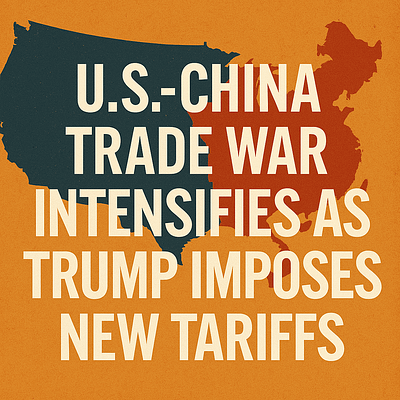
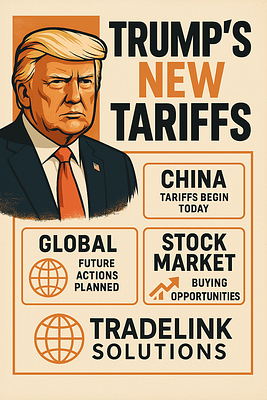
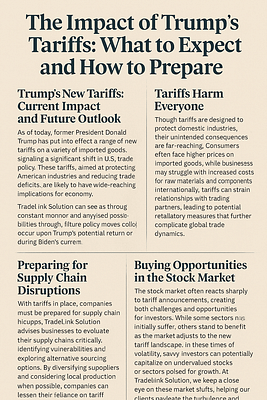
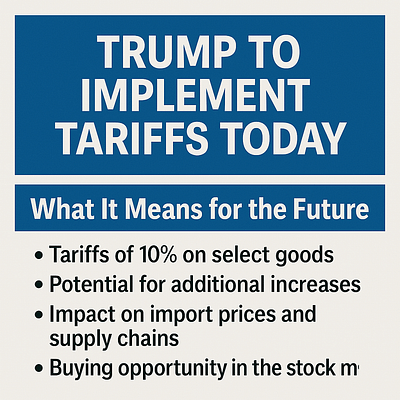
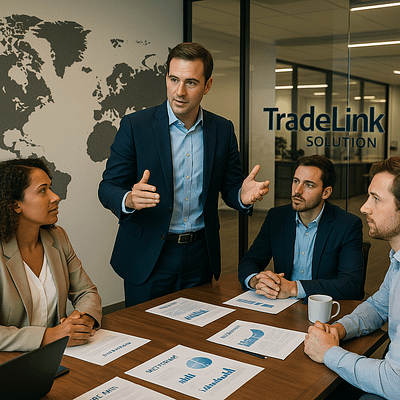
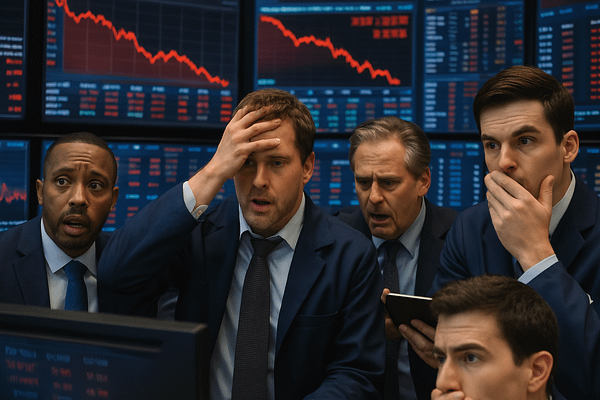

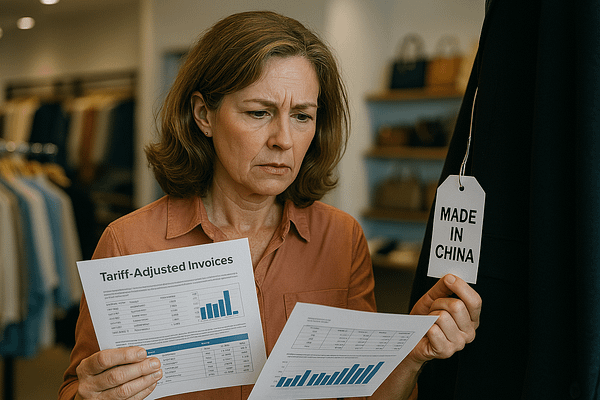
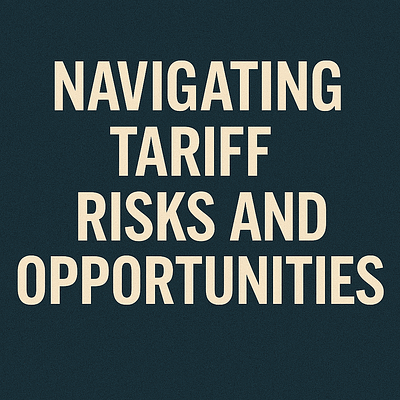
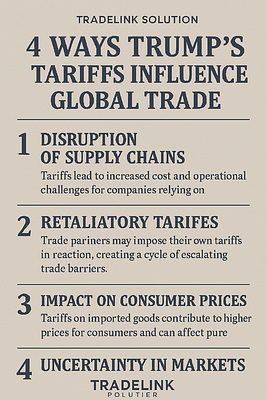
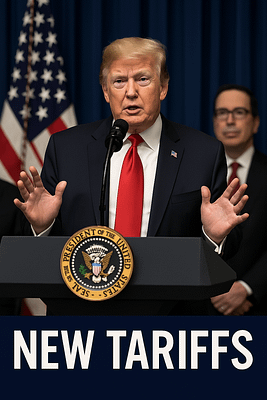

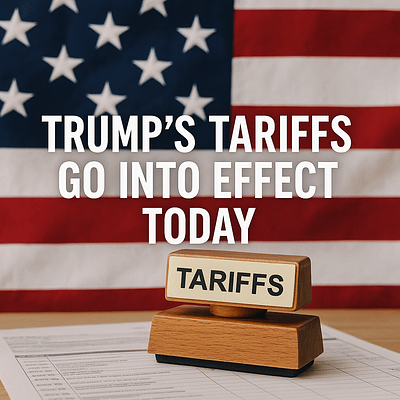

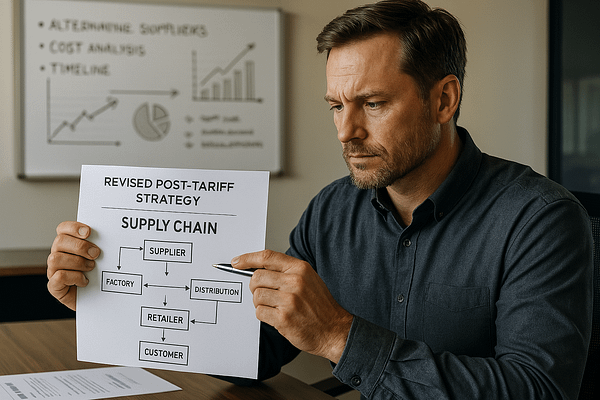
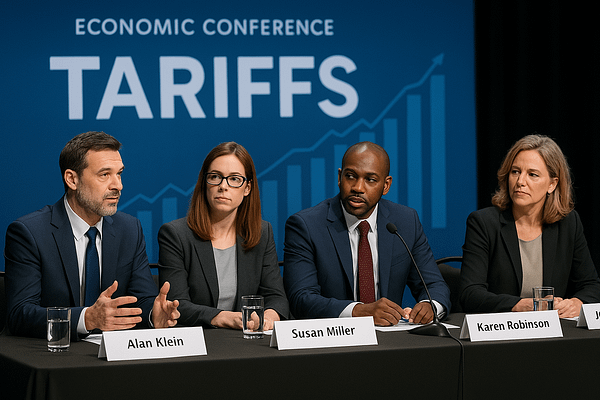
Opportunities in Stock Market Volatility:
Amid market fluctuations, investors can identify significant buying opportunities. Stocks in industries poised for domestic growth—such as manufacturing and industrial companies—may offer substantial returns as tariffs shift competitive advantages to U.S. businesses. Investors with a strategic eye can leverage market downturns by targeting undervalued stocks likely to recover and strengthen in the long term, presenting substantial financial opportunities.
Economic Experts and Industry Leaders Speak Out:
Expert opinions vary widely. Some economists and business leaders argue that tariffs protect essential domestic industries and jobs, potentially enhancing economic sovereignty. In contrast, others predict severe economic downturns, emphasizing potential harm from prolonged trade disputes, increased costs, and disrupted global supply chains. TradeLink Solution’s experts highlight the importance of a balanced and informed approach to trade policy.
Strategic Advice for Businesses: Navigating Tariff Impacts:
Businesses should proactively mitigate risks associated with these tariffs by diversifying supply chains, exploring domestic sourcing options, and renegotiating contracts. These strategies reduce dependency on impacted countries and provide greater resilience against economic shocks. TradeLink Solution has successfully guided multiple businesses through similar trade challenges by providing tailored advice and strategies.
TradeLink Solution’s Expertise: Guiding Businesses Through Complexity:
TradeLink Solution, with its proven track record in global trade optimization, is uniquely positioned to help businesses adapt effectively. Leveraging expert insights, TradeLink Solution provides tailored strategies for businesses, guiding them through regulatory complexities, supply chain restructuring, and new market opportunities created by tariff changes, ensuring minimal disruption and maximized business potential.
Future Prospects: Navigating the Uncertain Trade Landscape:
The future of international trade policy remains uncertain. Tariffs could adjust based on economic outcomes, diplomatic negotiations, or domestic pressures. Businesses and investors must remain agile, informed, and prepared for continuous adaptation.
Trump’s new tariffs signify a pivotal moment for global trade, posing significant risks and unique opportunities. By strategically navigating these changes, businesses and investors can emerge stronger and better positioned in the global economy. With support from industry leaders like TradeLink Solution, stakeholders can confidently approach the future amid uncertainty.

